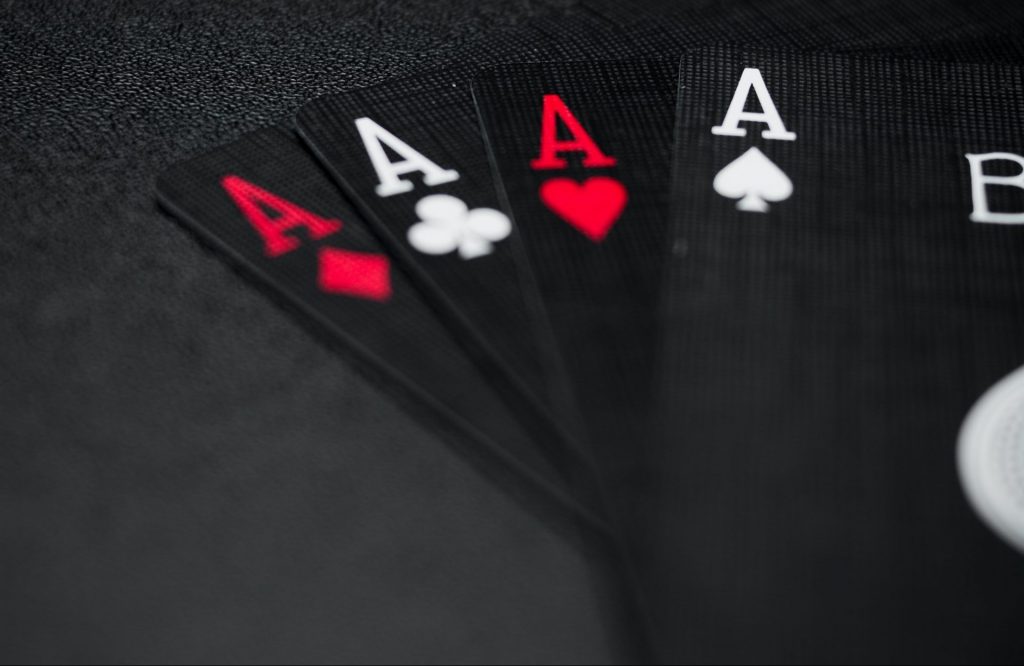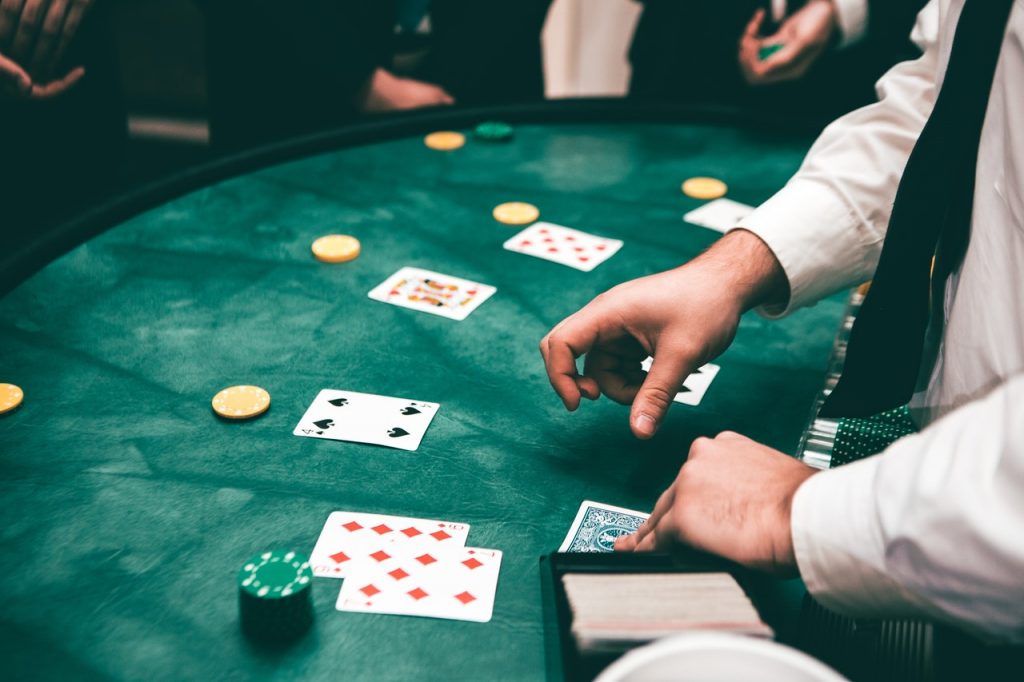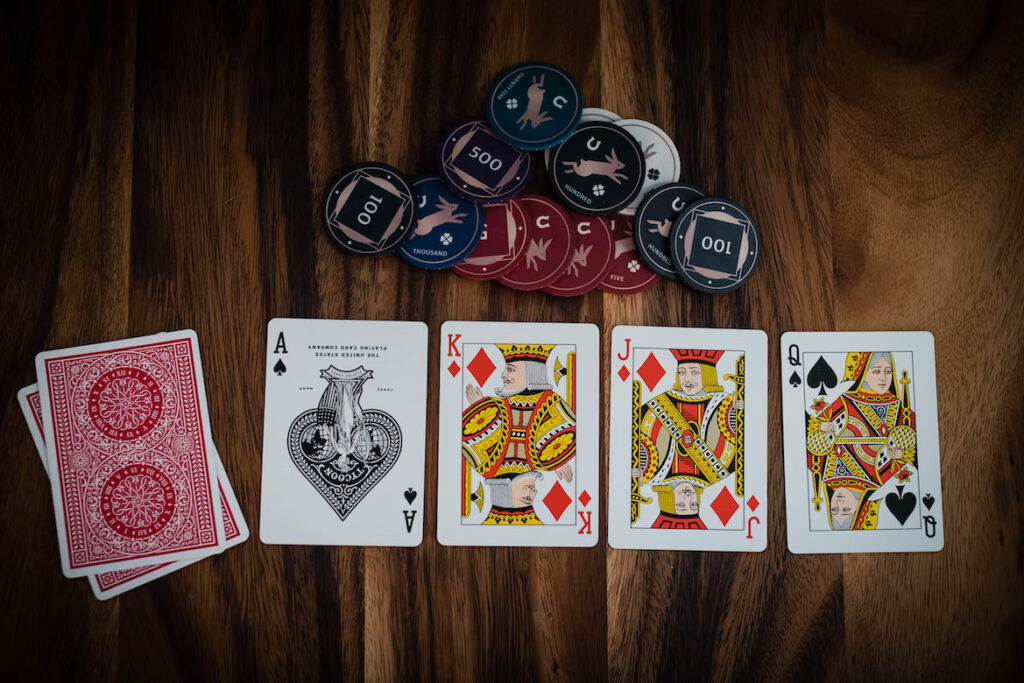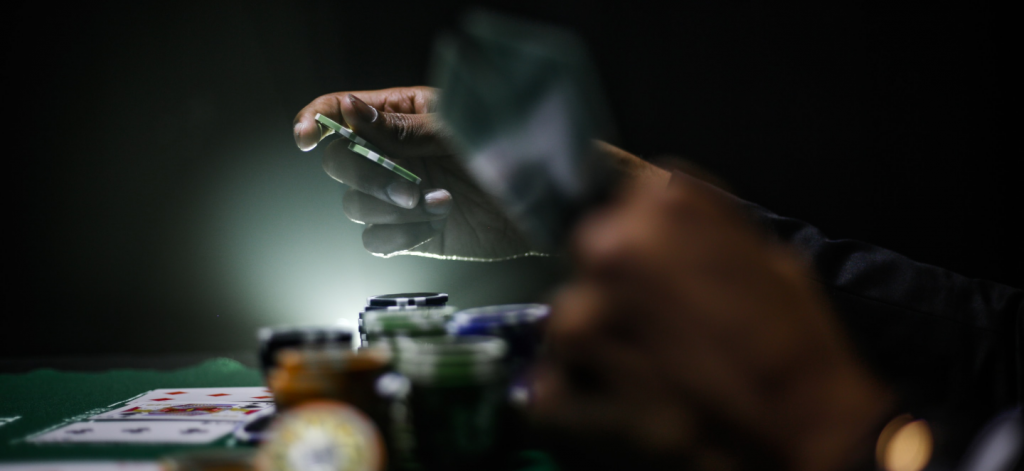The rules of Poker
Do you want to learn the basic rules of poker? Poker is an incredibly popular game that is easy to learn but difficult to master. Don’t worry – we will divide this strategic card game into a simple, step-by-step guide. There are many variations of poker, but the most popular one is Texas Hold’em. While each variant has its own poker rules, the fundamentals of the game are always the same. All you need to do is master the rules of poker – then you can start developing your winning strategy! We will provide you with all the important poker rules and strategic tricks that will help you go from a poker novice to a poker pro. Poker Rules and Poker Combinations Regardless of the type of poker you play, the poker combinations will always be the same. To familiarize yourself with the different combinations, practice and memorize them so that you can easily recognize them – rules. Betting in Poker Place mandatory bets (initial bets). In a poker game, bets are made at the beginning of the game in one of two ways. In a Texas Hold’em game, the player next to the dealer usually makes a small blind bet, which is equal to half the regular minimum bet, and the player to their left makes a big blind bet, which is not less than the minimum bet. Another option is that each player can “raise” the minimum initial bet, i.e., contribute the minimum initial bet to the pot. Cards Look at the 2 cards dealt by the dealer, which are your hand. The dealer will “burn” the first card from the deck, meaning they will discard it from the game. Then each player will be dealt 2 cards. Check your cards and see what you have in your hand. In poker, the dealer burns a card in each dealing round. This makes it harder for players to predict which card will be revealed and makes the game more exciting. The dealer always deals the cards clockwise, starting from the left. Tip: Players should not show their cards to anyone, even if another player has folded. It’s best to keep your cards secret. Betting If you want, place a bet, choose to call or raise the bet after each round of dealing. Each time the dealer deals new cards, you will make a bet, and the first bet is made based only on the 2 cards in your hand. Bets are made in a round-robin fashion – when it’s your turn to bet, you have several options. At this point, you can: Make an initial bet if no one else has done so yet. Say “check” to avoid betting. Say “call” to match a bet that someone else has already made. Say “raise” and contribute more money to the pot. If you “raise,” other players will go around and decide whether to “call” your new bet or fold. Say “fold” if someone else has made a bet and you don’t want to match their bet. If you fold, give your cards to the dealer face down so that you don’t give any advantage to other players! The Flop After the first round of betting, the dealer will “burn” the top card from the deck. Then they will place 3 cards on the table, which are called the “flop.” These are community cards that every player can use to form their hand. Compare these cards to the ones in your hand, then make a bet, cancel a bet, or fold. In total, the dealer reveals 5 cards. You will have a total of 7 cards that you can use to form the best 5-card combination: the 2 personal cards in your hand and the 5 community cards on the table. While luck can come into play later in the game, after the flop, take some time to analyze the table – do you have a good position to finish the game with a strong combination? Depending on the rules you’re playing by, you may also draw additional cards to replace the ones in your hand. This is usually done during a betting round or immediately after it. The Turn After the second round of betting, check the “turn” card. The dealer will “burn” the top card, then place 1 card next to the open card. This is called the “turn” card or the “fourth street” card. Check all the cards on the table and the ones in your hand to determine whether you want to make a bet, call a bet, or raise a bet. In your game, it may also be allowed to exchange cards at this point, but that is not common in professional games. When looking at the cards, consider possible hands that other players may have. For example, if all 4 community cards on the table are spades, any player with spades in their hand will have a flush, which means they have 5 cards of the same suit from the same deck. Similarly, if the table shows 5, 6, 7, and 8 cards, anyone with a 4 or 9 will have a straight combination. If you don’t have a good hand but the community cards make it easy to win, you can fold your cards because it’s likely that another player has a winning hand. The End In the final “showdown,” reveal each player’s cards in a clockwise order. After each remaining player evaluates, folds, or bets in the last round, every player still in the game reveals their cards face up. Then everyone looks at the revealed cards to determine who has the highest-value poker combination that can win the entire pot.
The rules of Poker Read More »






